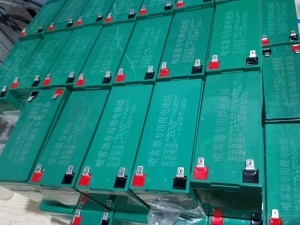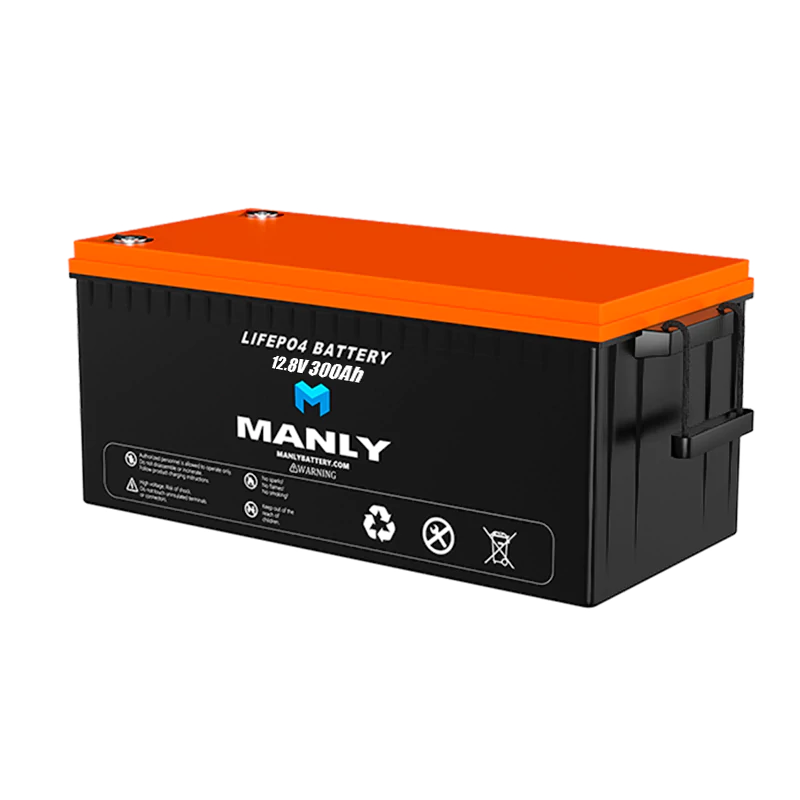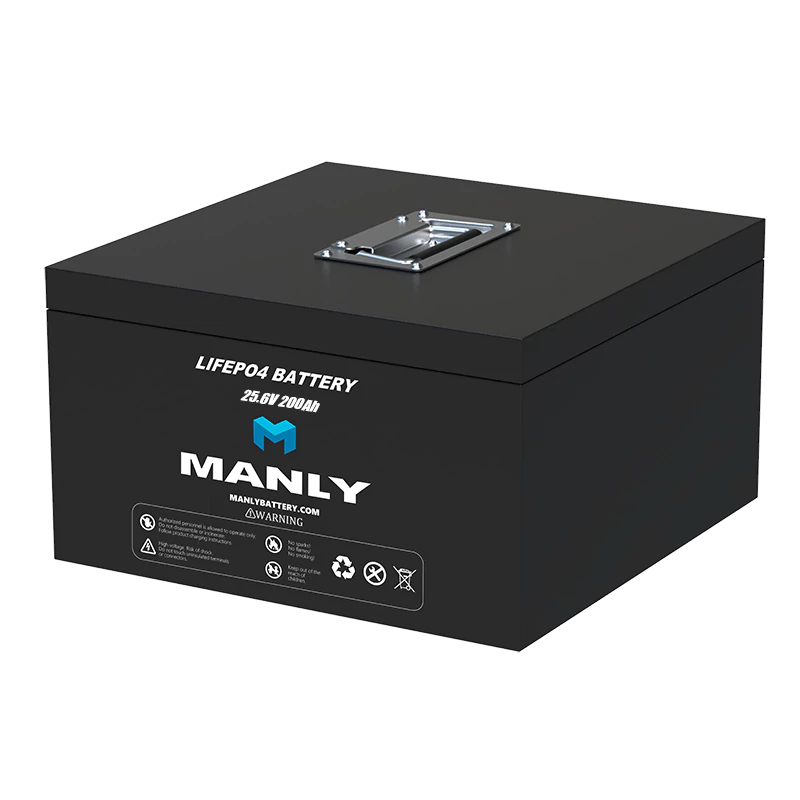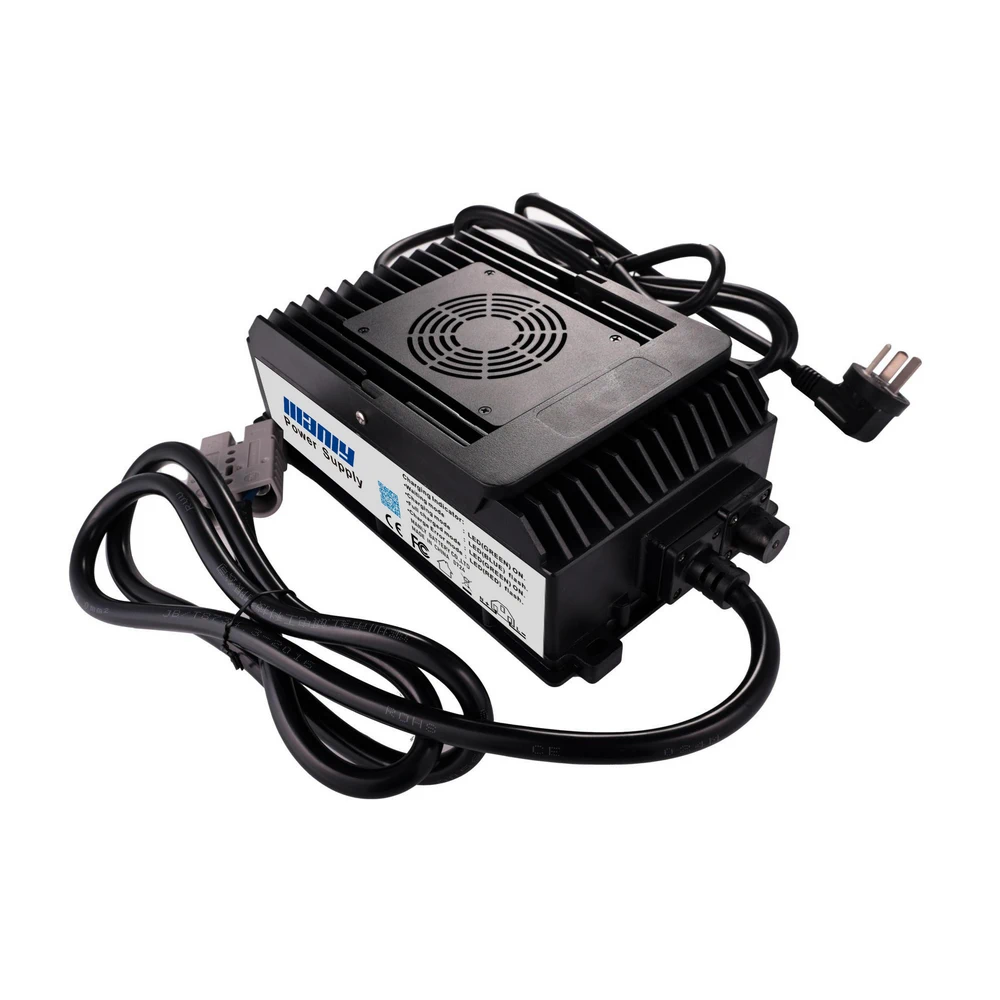What Kind of Batteries Do Robots Use?
Table of Contents
Robots are like the superheroes of machines! They help build cars, clean our floors, and even assist doctors in surgeries. But have you ever wondered what keeps these robots moving and working? Just like you need food for energy, robots need batteries to power them up and keep them going.Choosing the right battery for a robot is super important. It's like picking the right kind of fuel for a car. The battery needs to be powerful enough to let the robot do its job, but it also has to fit perfectly in the robot's "body" and last a long time before needing a recharge.In this article, we're going to explore the different types of batteries that robots use. We'll talk about why some batteries are better for certain robots and how choosing the right battery can make a big difference in how well a robot works. So, if you're curious to learn more about the cool batteries that power up robots, keep reading!

Understanding Robot Energy Needs
Imagine robots are like different types of cars. Some are big trucks working in factories, doing tough jobs like lifting heavy things. These are called industrial robots. Then, there are smaller cars, like the ones helping in hospitals, hotels, or cleaning your home. These are known as service robots. Each type of robot, just like different cars, needs the right kind of fuel—or in this case, batteries—to keep them going strong and long.Big and Strong vs. Helpful and Friendly
Industrial robots are the big trucks in the robot world. They are made to do jobs that might be dangerous for people, like working with hot metal or moving heavy parts. These robots are really strong and can work all day and night doing the same job over and over.Service robots are more like friendly helpers. They do jobs in places like hospitals, hotels, or even your living room. They might not need to lift heavy things, but they have to be smart to work around people, helping without getting in the way.What Powers These Robots?
- One-Time vs. Rechargeable BatteriesJust like some toys or your TV remote might use batteries you throw away after they're done, other things like your phone or laptop use batteries you can charge over and over. Robots can use both types, but most of the time, the ones that do big jobs over and over work better with rechargeable batteries. They need to keep going without needing a new battery all the time.
- Energy vs. PowerBatteries are rated by how much electricity they can hold and give out. Think of it like a water bottle; the bigger it is, the more water (or energy) it can hold. But, how fast you can pour that water out is like the battery's power. Some robots need a slow, steady stream all day, while others might need a big burst of energy to do something fast.
- VoltageThis is like the pressure of the water coming out of the bottle. Different robots need different pressures to work right. Some batteries give a gentle push, while others can give a big shove.
- Working in the Cold or HeatJust like you might feel slow and sleepy when it's really cold or tired and sluggish when it's super hot, batteries work differently in different temperatures. Some can't work in the cold at all, and others don't like the heat.




















